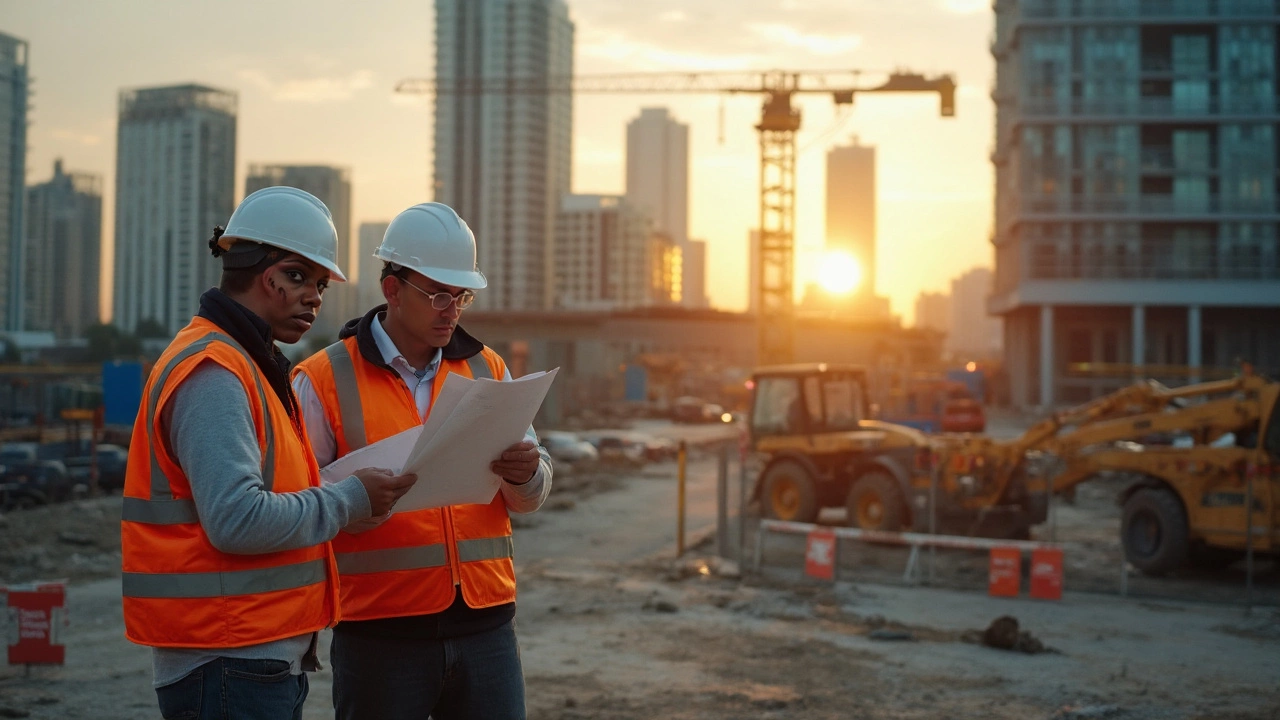Insurance Basics for Plumbing and Construction Projects
When you hire a plumber or a builder, the last thing you want to worry about is money slipping away because of a claim problem. The good news is that most homeowners already have coverage that can protect you, but only if you know what’s included and what’s not.
In this guide we’ll break down the core parts of a typical home insurance policy, point out the common gaps that catch people off guard, and give you a few easy steps to keep your plumbing or construction claim smooth.
What Your Home Insurance Typically Covers
Most standard home policies include dwelling coverage that pays for damage to the structure caused by sudden events – think burst pipe, water damage, or a roof collapse. They also usually cover personal belongings and temporary living expenses if your home becomes uninhabitable.
However, the policy often draws a line at work that’s considered “maintenance” versus “repair”. A leaking faucet you ignore for months might be seen as neglect, and the insurer could deny the claim. On the flip side, a brand‑new bathroom remodel that gets damaged by a flood is generally covered, as long as the work was done by a licensed professional.
Another key point: many policies have a deductible that you’ll need to pay before the insurer steps in. Knowing that amount in advance helps you decide if you should call a plumber right away or wait for a non‑urgent fix.
Tips to Keep Your Plumbing & Construction Claims Smooth
1. Verify the contractor’s insurance. Before any work starts, ask for a copy of the plumber’s or builder’s public liability and professional indemnity cover. This protects you if they cause damage to your property or someone gets hurt on site.
2. Document everything. Take photos or short videos of the area before work begins and after it’s completed. If a problem shows up later, you’ll have proof of the work’s condition and can show the insurer exactly what changed.
3. Report issues promptly. Most policies require you to notify the insurer within a reasonable time after the damage occurs. Waiting weeks can give the company a reason to say the loss was “gradual” and not covered.
4. Keep receipts and invoices. The cost of materials, labour, and any emergency service calls all count toward your claim. Organise these documents in a folder – digital or paper – so you can pull them together quickly.
5. Review your policy limits. Some policies cap the amount they’ll pay for water damage or structural repairs. If you’re planning a major remodel, consider a policy endorsement that raises those limits.
Following these steps doesn’t guarantee a perfect claim, but it cuts down the chances of a surprise denial. Insurance is there to protect your investment, and a little extra effort on your part can make sure it does exactly that.
Got a specific question about your coverage? Reach out to your insurer or give us a call – we’re happy to help you understand what’s covered and how to keep your home safe during any plumbing or construction project.

